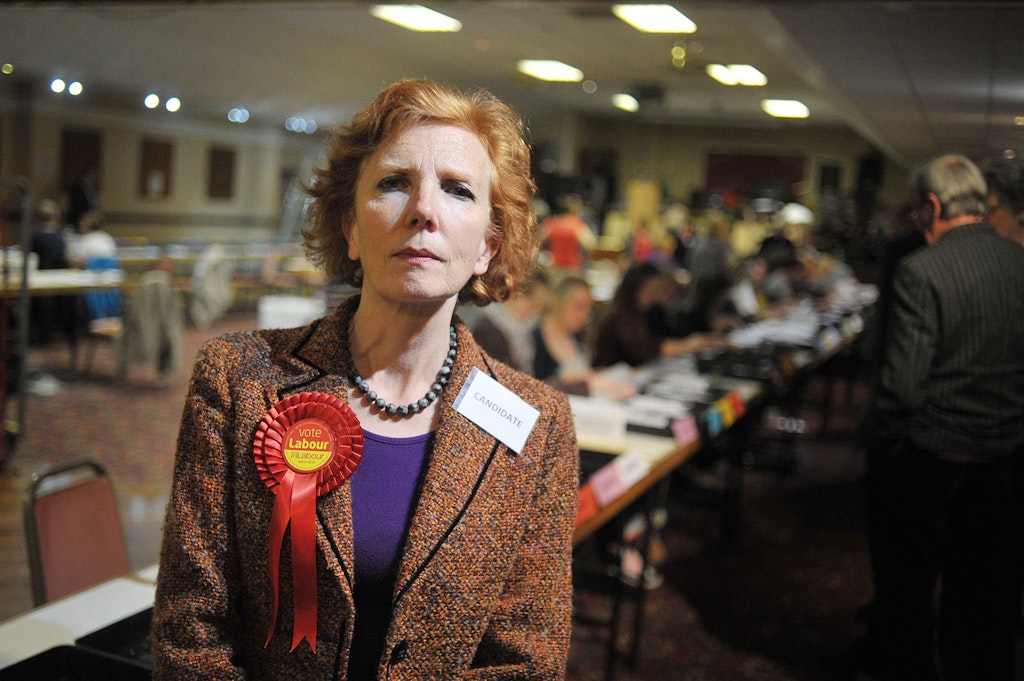Syria’s civil war 10 years on
Syria’s war has licensed this century’s worst growth in violent depravity – and it shows no sign of ending soon
Syria’s unending civil war is now a decade old. It has revealed how willing and capable the Assad regime is to use the fruits of cruelty to retain power. The war continually sinks to new depths. The catalogue of human suffering, affecting so many millions, becomes harder to hear as time goes on. Upon being told about this war, some become restless, while others’ eyes glaze over.
The truest assessments of Syria’s situation are often made by those who have endured the regime’s worst excesses, not least in its prisons. The novelist Mustafa Khalifa described his own long imprisonment in The Shell, combined with the story of a friend. It is the One Day in the Life of Ivan Denisovich of our own age; and as a Syrian Solzhenitsyn, Khalifa sees his country with uniquely clear eyes.
In 2011, Khalifa wrote this week, he produced an essay predicting that the regime would hang on to power through calculated savagery beyond what even its adversaries and those predicting blood-soaked downfall could anticipate.
The country is burnt, and still Assad remains
For years before the emergence of protests and before those protests were crushed by the forces of the state, the regime had waged a “silent civil war” against its population. Ethnic minorities were prevented from teaching their children their own languages. The majority who did not belong to Assad’s own Alawite sect were discriminated against in all things. They were failed at school and prevented from taking government jobs in a country where the state administered much of the economy.
Non-members of the Baath party found the basics of life difficult to acquire and sustain. Dissenters were imprisoned and tortured, sometimes killed, all things Khalifa’s life and the lives of his contemporaries attest. All of this before the first shots of the war to come were fired.
Once the war began, however, its brutality was immediately apparent. Taking the precedent of the 1982 Hama massacre – perpetrated by Assad’s father, Hafez – to heart, regime forces set about crushing the country’s cities one by one to drive its opponents out.
First the regime liquidated Homs, destroying its rebellious neighbourhoods completely – and in the years since the city has not recovered. Years later, it surrounded and finally asphyxiated Aleppo. Then it was the turn of the Damascus suburbs, whose reconquest was aided by canisters of poison gas.
These campaigns took years, time in which the regime sometimes looked close to falling, but its barbarism remained constant.
The slogans of regime forces are “Assad or we burn the country” and “Kneel or starve”. In both cases the “or” is a lie. The country is burnt, and still Assad remains. Amid the shortage of grain and crazed inflation, even those parts of Syria which have bent the knee to Assad now suffer without food.
In regime prisons, business has continued largely as before the war – with calculated brutality intensified only by the increasing numbers subjected to torture. Men like Mazen al-Hamada had unspeakable things done to them, activities which killed many and left some of those who survived husks of men.
And, of course, amid the utter collapse of Syrian society the Islamic State had its brief caliphate in pretence, with all the eye-catching savagery justified by its theologians and gloried in by its adherents.
The Assad regime has wilfully presided over a war which has killed over a million Syrians and ground society to pieces
While the world protractedly dealt with ISIS, the Assad regime remained vicious and grasping. Its chemical attacks brought predicable condemnation but also calculated success. The regime is estimated to have used chemical weapons over 300 times for that reason. This week also brought the thirty-third anniversary of the Halabja massacre, the moment Saddam Hussein forever associated his name with special infamy. In that chemical attack, the Iraqi state murdered up to 5,000 Kurds as part of its Anfal campaign, designed to destroy Kurdish opposition to Saddam in the dying days of the Iran-Iraq war.
On that date, the Iraqi state demonstrated new depths of barbarism. In the years since, the Syrian regime has exceeded them. It has wilfully presided over a war which has killed over a million Syrians and ground Syrian society to pieces.
Its forces have committed countless crimes under the cover of general war. And all the while, the apparatus of regime’s prison system has murdered tens of thousands in the relative open and “disappeared” many tens of thousands more.
Syria itself has disappeared into this darkness.
Belatedly, far too late, Saddam Hussein was deposed and tried for his crimes. The Assad regime remains in power; its members under international sanctions which are not onerous to the possessors of a country; and the possible threat of trial in countries none of Syria’s criminals intend to visit anytime soon.
Syria’s war has licensed this century’s worst growth in violent depravity. It has effectively destroyed rather than merely bloodied a nation. All of this for nothing beyond the continued survival of a corrupted state at the expense of its people. The century’s most terrible war is ten years old, and it is not yet over.
Enjoying The Critic online? It's even better in print
Try five issues of Britain’s most civilised magazine for £10
Subscribe














